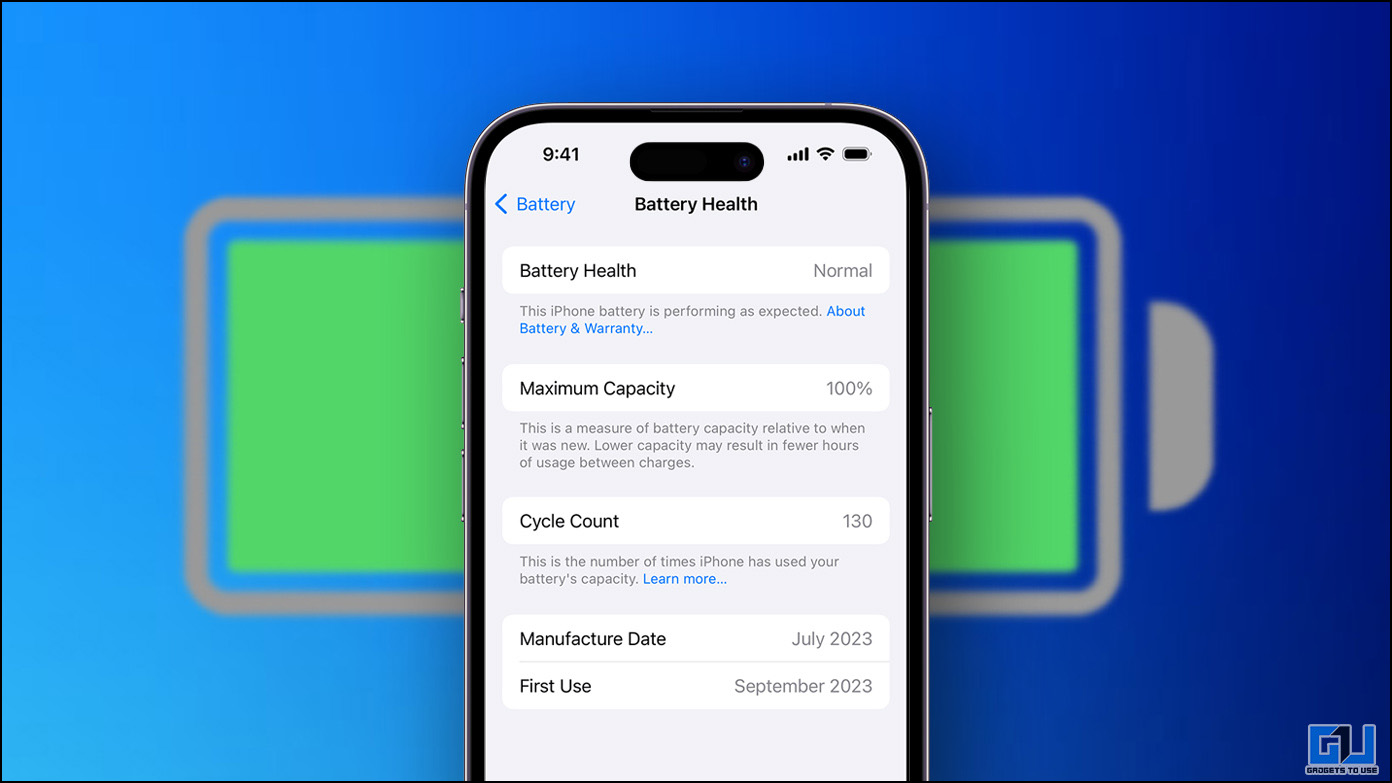Taiwanese chipset maker MediaTek is unveiling their latest SoCs for the midrange smartphone market. The chipsets, named Helio P30 and Helio P23 are upgrades to the P20 series launched earlier. The company will be rolling out these new SoCs in the next quarter.
MediaTek has retained the same octa-core Cortex-A53 CPU architecture for both the chipsets. However, it will be upgraded in many other aspects including the GPUs and modems. Notably, the P23 and P30 bring dual VoLTE support to the MediaTek Helio P series chipset line up.
Helio P30, Helio P23 Specifications
The Helio P30 and P23 are the successors to the Helio P25 and P20 respectively. MediaTek has not changed the core CPU configuration in the latest chipsets. It again uses an octa-core Cortex-A53 setup similar to P20 and P25 with two quad-core clusters. While there is a slight change in clock speed of these clusters.
Both the P23 and P30 features the performance cluster clocked at 2.3GHz and the efficiency cluster at 1.65GHz. The P30 actually sees a bit of a pullback in terms of the performance clock speed from 2.6GHz on P25 to 2.3GHz on the P30. While the efficiency cluster is slightly faster from 1.6GHz To 1.65GHz.
On the GPU front, MediaTek is moving from ARM’s last-generation Mali T880 design to the current-next generation Mali-G71 GPU on P23 and P30. The P23’s GPU clocked at 770MHz, while the P30’s GPU will be clocked at a significantly higher speed of 950MHz.
Helio P23, P30 Features
Both the latest chipsets support dual-camera setup. The Helio P23 features support for 13+13 megapixel dual-cameras or a single 24MP camera, while the Helio P30 supports up to 16+16 megapixels dual cameras or a single 25MP camera.
The new chipsets also incorporate MediaTek’s Imagiq 2.0 technology suite feature from its Helio X30. It additionally includes a new hardware Camera Control Unit (CCU) with instant auto exposure, various noise reduction technologies, and MediaTek’s latest EIS technology. The SoCs are designed to minimise aliasing, grain and noise to provide clear and high-quality images under different lighting conditions.
The P30 also features a new Vision Processing Unit (VPU) paired to the image signal processors. It is featuring a Tensilica DSP at 500MHz which is specifically used for additional image processing features.
As for the modem, both the P23 and P30 get a new LTE Category 7/13 modem. This new modem supports up to 300Mbps download and 150Mbps upload speeds. It has tripled the upload speeds available earlier. However, the biggest feature is that LTE support and that too on both the primary and secondary SIMs when in dual SIM mode. Users can now make VoLTE and ViLTE calls using the second SIM too.
Furthermore, they feature MediaTek’s CorePilot 4.0 technology which enables power aware scheduling, thermal management and UX monitoring resulting in high-performance user experience.
The company plans the P23 to release worldwide while the P30 will be first available in China in the fourth quarter of 2017. Some of the Chinese smartphone makers like Oppo, Vivo, and Xiaomi are expected to use the chipsets latest by the end of this year.



